Why LED Lighting?
What can LED
Lighting save you?
Business Financing Options
What can we do
for you?
About Us
Commercial Sustainable
LED Lighting
From warehouse lighting to lighting in the medical industry, LED lighting systems are a cost-effective and reliable solution for any business looking to reduce their carbon footprint and improve their bottom line. We strongly recommend that any company with outdated, cost-ineffective lighting to consider implementing a Sustainable LED lighting system to optimise their own energy efficiency and cost savings.
Watch: How DEK's cut energy use by 60% with brighter LED lighting
Products & Services
What We Do
We design and install high-performance LED lighting systems tailored to commercial and industrial environments – from warehouses and factories to healthcare and retail settings. Our solutions help businesses cut energy costs, reduce carbon emissions, and create safer, more efficient spaces.
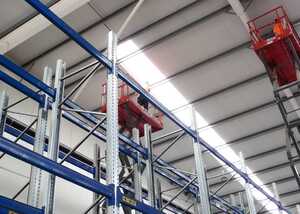
Microwave Sensor Lighting
Smart or microwave sensor lighting is not only a solution for energy-efficient lighting but can also be used to detect daylight. Through this technology, lights can stay off on bright days when natural ambient light coming from skylights or windows is enough.
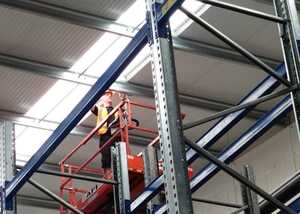
Lighting Survey
Looking for a professional Lighting Survey? We carry out this service in southern area of the UK. The purpose is to identify where Energy savings can be made and / or environmental improvements can help improve Productivity, Health & Safety and Quality Control.

Lighting Consultancy
Most companies are unaware of the energy their lighting consumes often it can be between 50-70% of energy used. Changing to LED lighting often causes over and under lighting issues. The sustainability and energy saving is often lost.
Our Clients
We’re proud to work with some of the UK’s leading companies, trusted to deliver reliable, energy-efficient lighting solutions at scale.












Who We Help with Sustainable LED Lighting
We are leading suppliers of Smart Lighting Systems using the latest Microwave Controlled Technology. This technology can save up to 60% more over cheaper LED Lighting. We will stop you from wasting money buying poor value lighting which will require changing in just a few years.

Warehouses
Industrial Warehousing in commodity and food industries often means long hours of operation with Loading and Unloading sometimes 24/7. It is here where industrial LED light installation can make a huge financial difference.
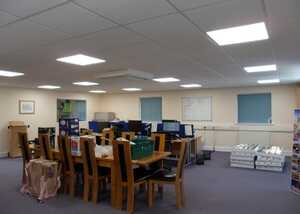
Offices
When you consider we spend around a third our lives at work, if this is in a poorly lit office then the effects on your eyesight can contribute to their deterioration.

Manufacturers
Manufacturers face several issues often having to invest their capital into advanced equipment to keep down costs and increase quality demanded by customers.
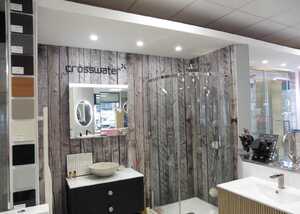
Retail
The pressure on retailing in recent years with increased competition form “on line” retailing means display and presentation of the service or products has to be excellent.
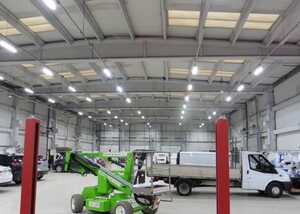
Garage & Bodyshop
LEDlights4you have years of experience working with the motor trade workshops and outside car display areas. Body shops and car preparation require high levels of light without shadow.

Medical & Healthcare
Lighting plays a very important role in medical and healthcare environments, reducing costs, enhancing comfort and improving the overall experience for patients.

Education
Schools, Colleges, Universities, Community Centres, even Botanical Research Institutions can all benefit from the Local Government funding, interest free funding (Wales) for replacement of obsolete and inefficient lighting with super-efficient LED lighting.

Order Online
Buy LED Lighting From Us Online
Looking for commercial-grade LED lighting products online? Look no further! We offer a wide range of high-quality LED lighting solutions that are not only durable but also built to last for 10 years and beyond. With our tested products, you can be confident in the longevity and performance of your lighting investment.
Lastest News from LEDLights4You




